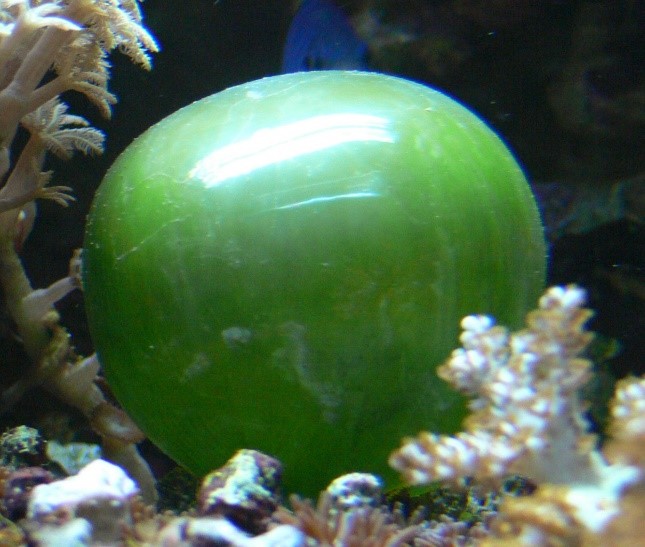This topic takes on average 55 minutes to read.
There are a number of interactive features in this resource:
 Biology
Biology
 Chemistry
Chemistry
While mammalian organisms like us are made up of complex systems and trillions of cells, some organisms are only made up of a single cell! These are called unicellular organisms. Examples include bacteria, some fungi (such as yeast), and certain types of algae. Many unicellular organisms are far too small to be seen with the naked eye, and we use microscopes to be able to see them. There are some examples of unicellular organisms that are large enough to see by eye, such as certain species of algae and bacteria.
Multicellular organisms are those that are formed by more than one cell. This group would include the majority of animals and plants.

Made up of one single cell, the alga Valonia ventricosa, which is found in the ocean, is around 2-3cm in size, and is one of the biggest unicellular organisms around.